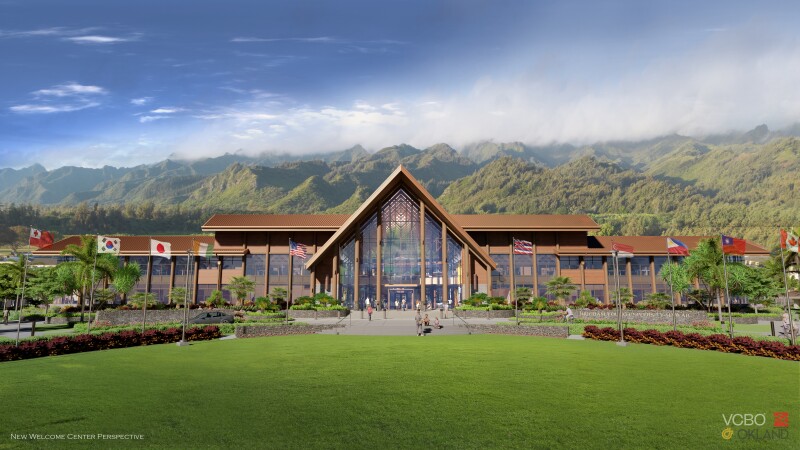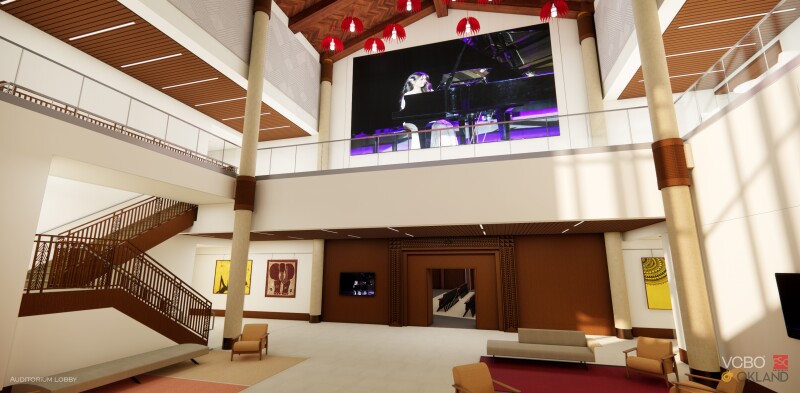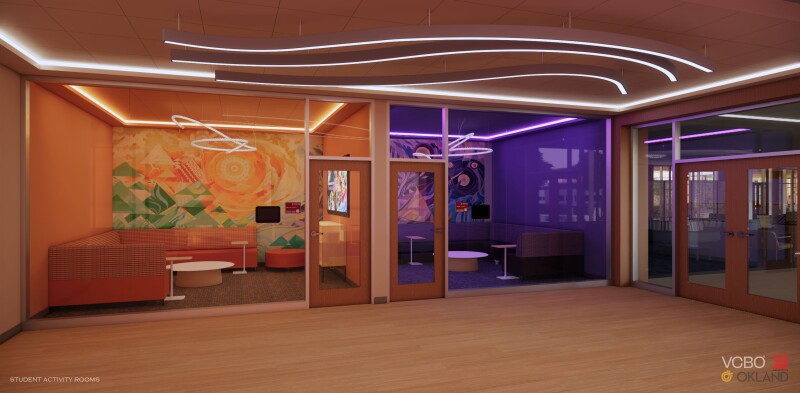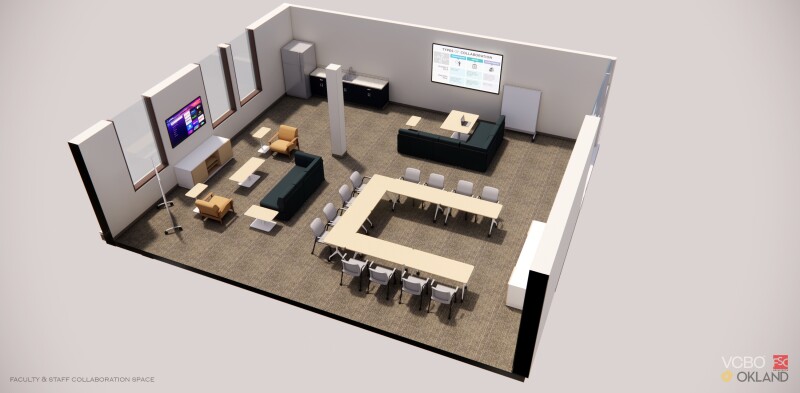McKay Building Replacement
The McKay Building Replacement Project represents the largest capital improvement effort in the history of BYU–Hawaii. Approved by the Board of Trustees, this multi-year initiative will replace several aging campus buildings, including the David O. McKay Classroom Building, the McKay Faculty Building, the Aloha Center, and Flag Circle. The new academic complex is designed to support the university’s mission and future growth.
This transformative project will create modern learning environments, strengthen campus gathering spaces, and enhance student, faculty, and community experiences for decades to come.
Latest Monthly Update
Demolition of the Flag Circle and the front portion of the McKay Building is now complete. This month, crews began taking down the Aloha Center while Library renovations and sewer improvements continue on the makai side of campus.
View All Project Announcements and Updates
New McKay Complex Plans
Designed to support learning, collaboration, and community, the new McKay Complex will replace several aging campus buildings. These renderings provide a first look at the updated academic center.
Key Facts & Figures
The new academic complex will include:
- Five new buildings
- Total building area: 306,000 sq. ft.
- Site area: approximately 30 acres
- Building footprint: 113,000 sq. ft.
- 30+ modern classrooms and teaching spaces
- Flexible collaboration and study areas
- Upgraded utilities and technology infrastructure
Project Timeline
- 2020–2022: Master Planning
- 2021–2023: Programming
- April 2023–July 2024: Design
- Summer 2023–2024: Construction Documents
- July 31, 2024: Plans submitted for permitting
- Permitting expected to take 12–18 months
- 2025–2030: Construction (estimated 65 months)
Current Phase: Demolition and Site Preparation



































